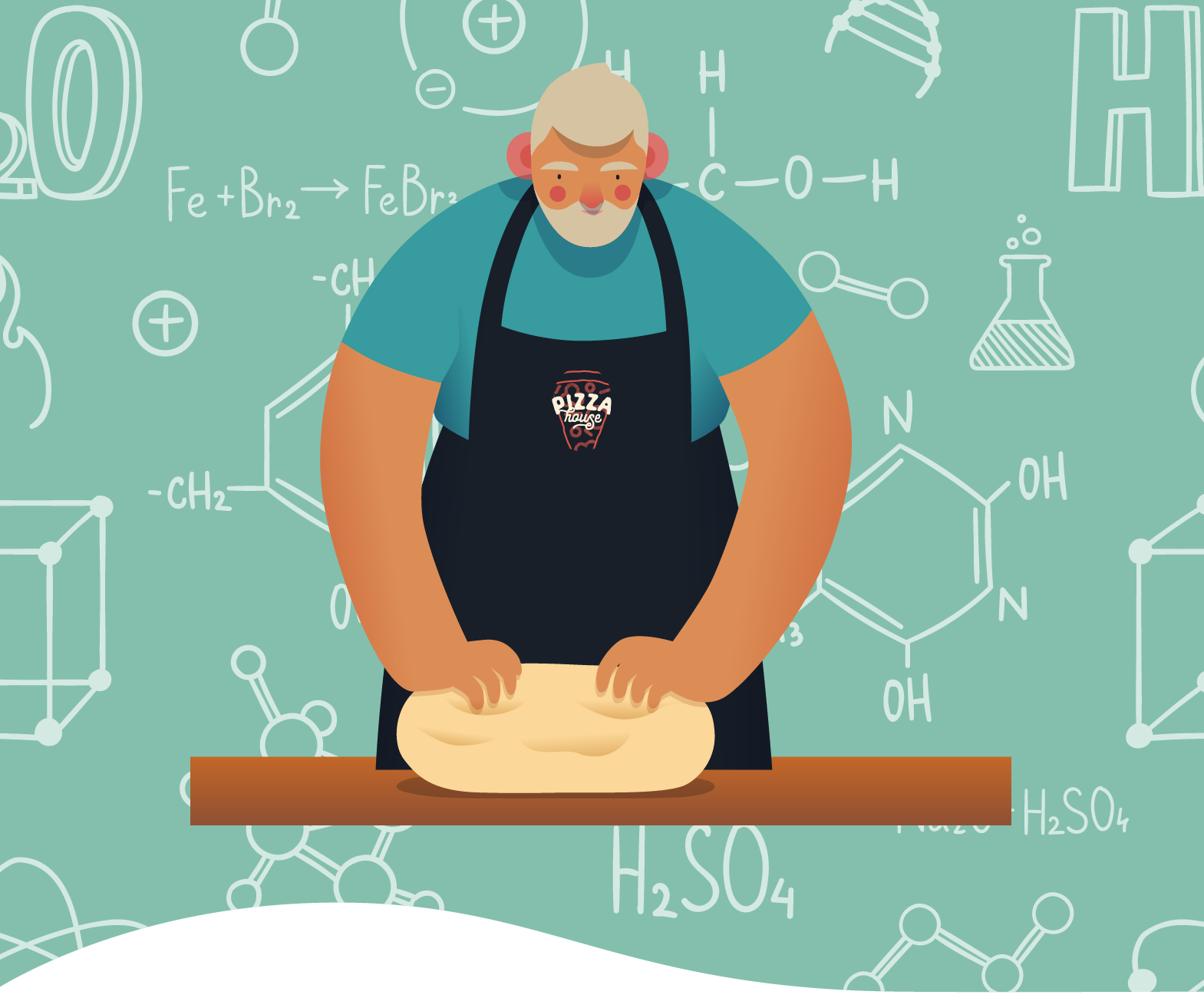The Science of Kneading Dough

While kneading might seem like nothing but elbow grease and hard work, there’s more to it than meets the eye: When you’re kneading, you’re creating a chemical reaction that gives your favorite breads, pizzas, and other baked goods their structure and characteristically chewy texture.
The process of kneading combines two proteins naturally found in wheat and some other grains. These proteins, known as glutenin and gliadin, combine with water to form gluten, a strong and stretchy protein fiber whose long strands create the “framework” of dough.
As you continue to knead, more gluten forms and, as a result, the dough becomes stronger. If you’ve ever over-kneaded dough, you’ve probably noticed that it’s really hard to roll out—the direct result of too much super-strong gluten holding the dough together!
This strong gluten structure is especially important for the dough rise of breads and pizza crusts. Here, gluten helps hold in all the carbon dioxide gas released from yeast, effectively forming a kind of spongy “dough balloon” held together by the long gluten strands. It’s this “balloon” that forms all the little holes you see when you slice through dough.
While everyone knows the old-fashioned way of kneading dough by hand, you can also knead dough using a stand mixer or by allowing the gluten to form naturally over a long period of time. Ultimately, however, hand-kneading provides the most control of your dough.
To learn more about the science of kneading and how to get the best possible doughs when kneading, check out the infographic below. When you’re ready to bake, explore the Fontana Forni line of professional home pizza ovens or call us at 877-842-9822.




